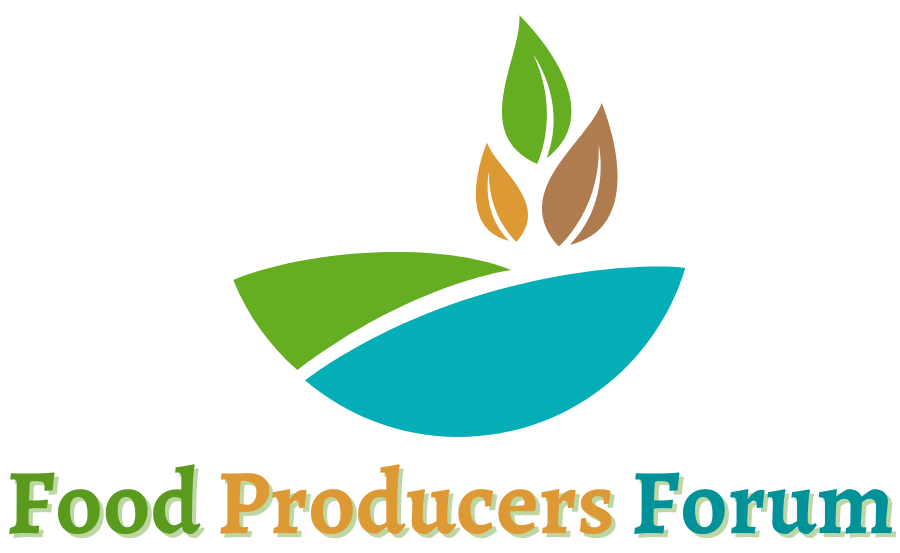In the summer of 2020, I had an infestation of aphids in my main tomato greenhouse, an event that I had not experienced in about thirty consecutive years of growing tomatoes.
I don’t use synthetic pesticides, so I needed to figure out some form of control or remediation. I tried spraying with mint, tea tree oil, lavender, essential oils, soap and neem oil in succession. None of this seemed to have much more than a temporary effect.
I opened a large section of the greenhouse to the outside to encourage predators of aphids (lady bugs, etc.) to come in from outside; these insects provide essentially free ecological services. This also made little or no difference, bearing in mind that this doesn’t usually happen to my tomatoes (which have some natural resistance to aphids.)
I began to suspect there was a soil issue, specifically salt accumulation from the drip irrigation system that i’d been using for the two previous years. My working theory for the rest of the season was that the chicken manure I had added to the soil in the spring had created excess salinity in the soil because the irrigation system would wet all the soil equally, causing the chicken manure to break down and release fertilizer elements that would have been held in an inert form, if it had been drier.
There may very well have been natural cycles at work that year and so I worry that in the future the small number of peppers and eggplants that I interspersed among the tomatoes may have nurtured a ‘starter’ crop of aphids but I’m back to hand watering for now, as the tomato crop did turn around that year after I resumed hand watering.
In our greenhouse system, we are growing in soil on the ground inside the greenhouse, that is basically in an indoor field. The way I grew our tomatoes before this was not using drip irrigation but by hand watering; a small plant would get only the water it needed until it grew bigger and only then would the surrounding soil get irrigated. This irrigation schedule helped me manage nutrient release.
Part of this problem was due to exceptional varieties that I like to grow; types like Sungold, Sunpeach, Suncherry and Tomato Berry, all very resilient types with a longer harvest window.
An additional control for aphids, suggested to me years ago by an entomologist, is to grow dill in the greenhouse. The benefit from this is indirect but potentially significant. As it flowers, dill is a good nectar provider, that tends to nourish syrphids or hover flies. This is important because during the larval stage of the hoverfly it is a voracious predator of aphids. I haven’t been in the habit of regularly planting dill in our greenhouse but in future, I will be doing this, and can report here on what we see.
[Dan Rubin adds: “I learned at a workshop with a permaculture orchardist from Ontario some years ago that aphids are a message, and the message is too much nitrogen release in the soil, so Jeremy may be right that excess release from his chicken manure invited the aphids to spread in his greenhouse]
